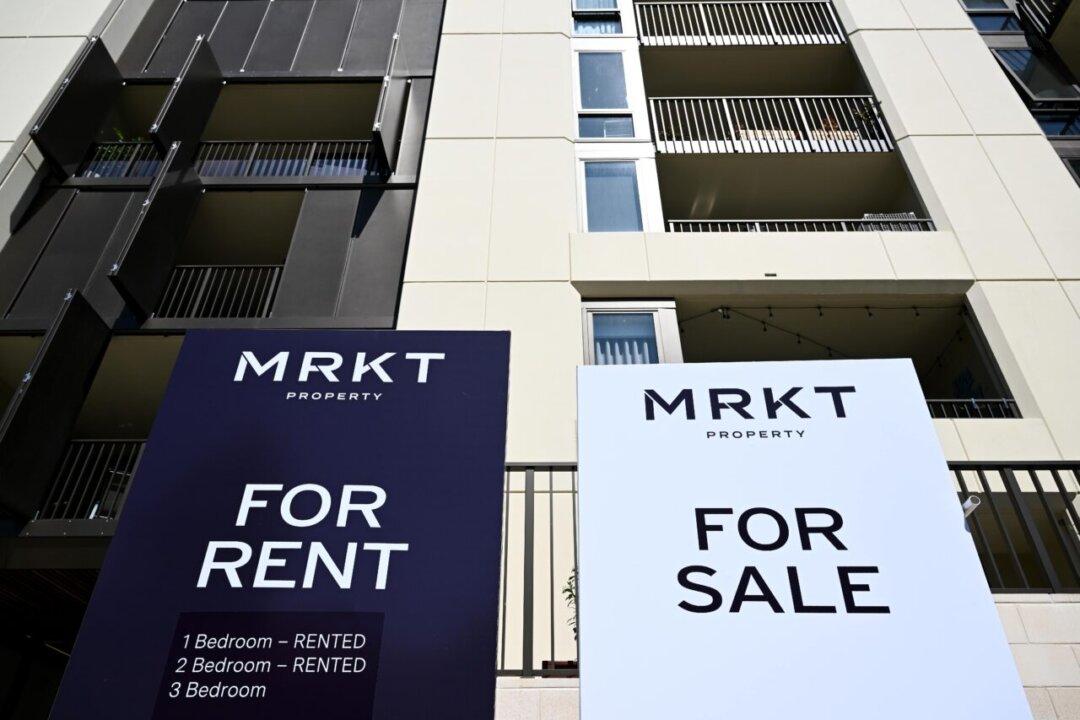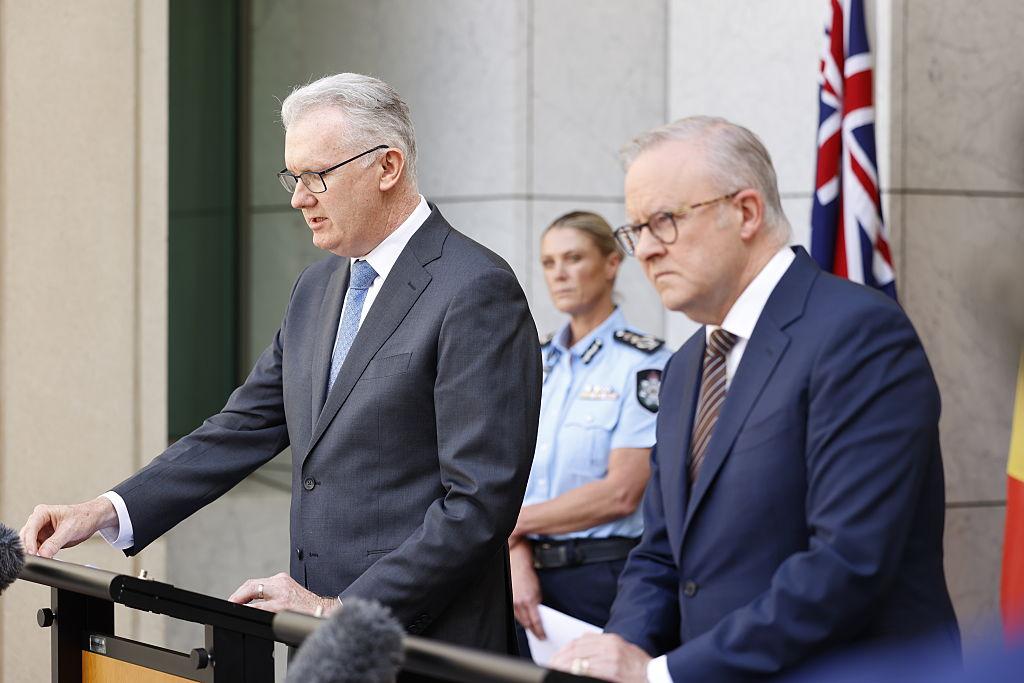Rising rental prices are likely to limit progress on inflation in Australia this year based on United Nations (UN) projections.
The intergovernmental organisation has inflation falling fairly gradually in Australia and New Zealand over the next 12 months, with competitive rental markets largely responsible for the sluggish progress.





